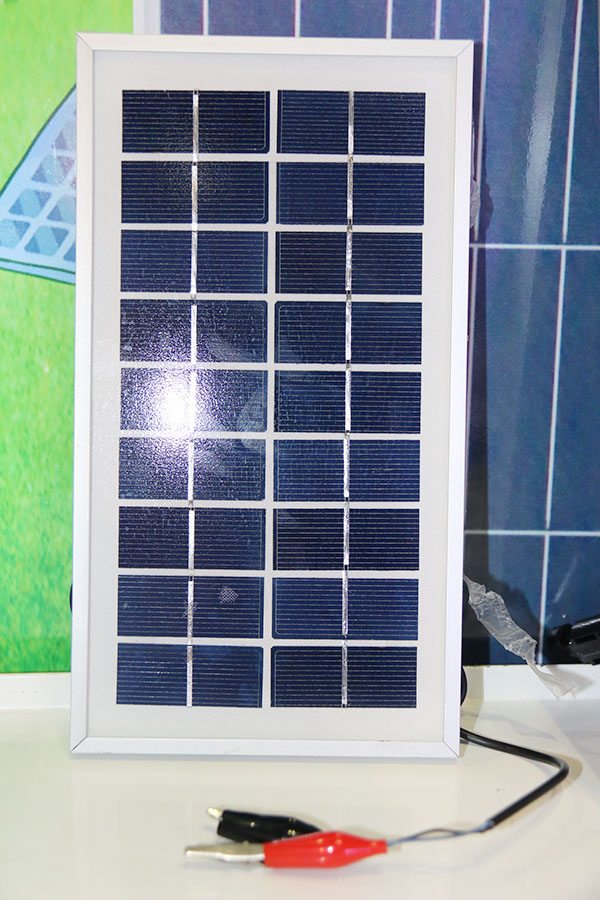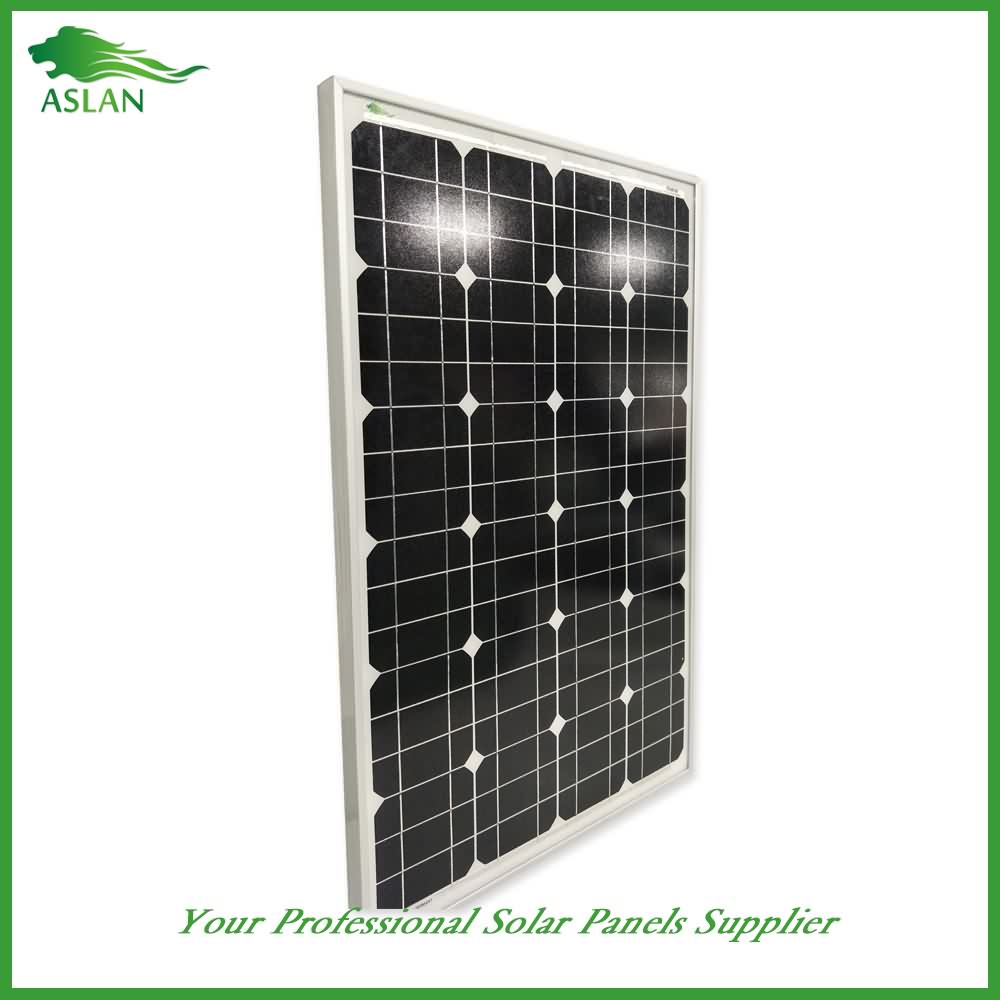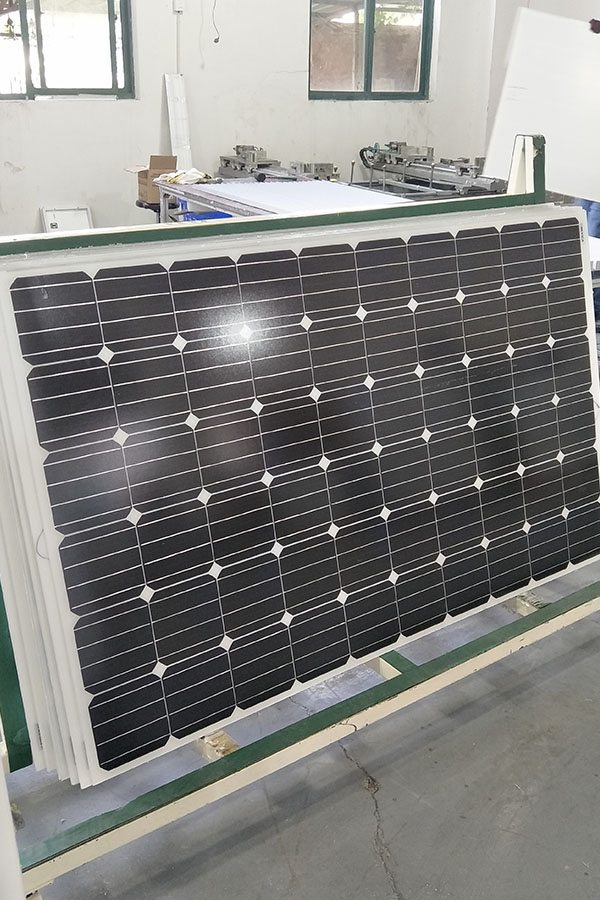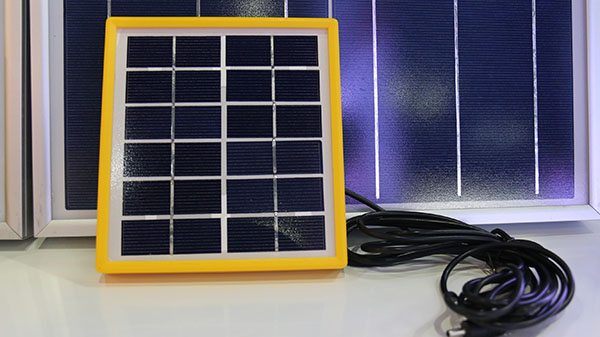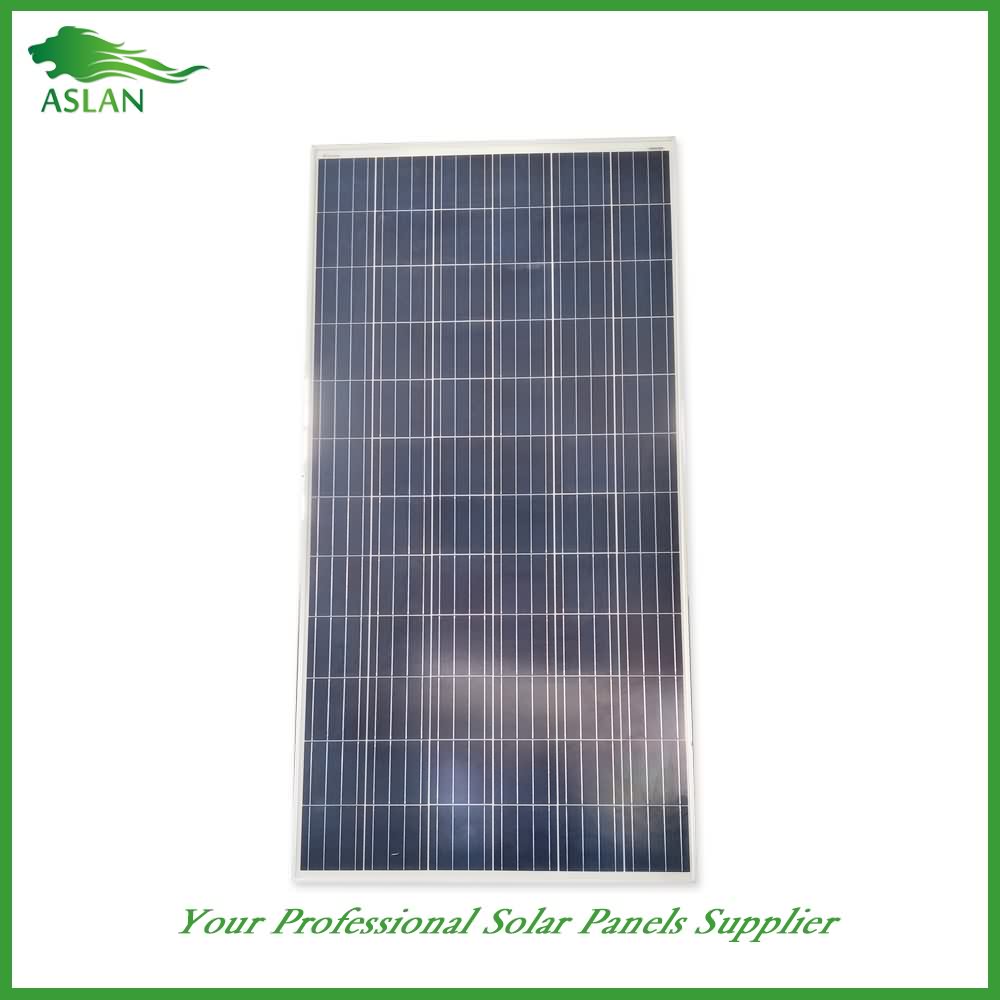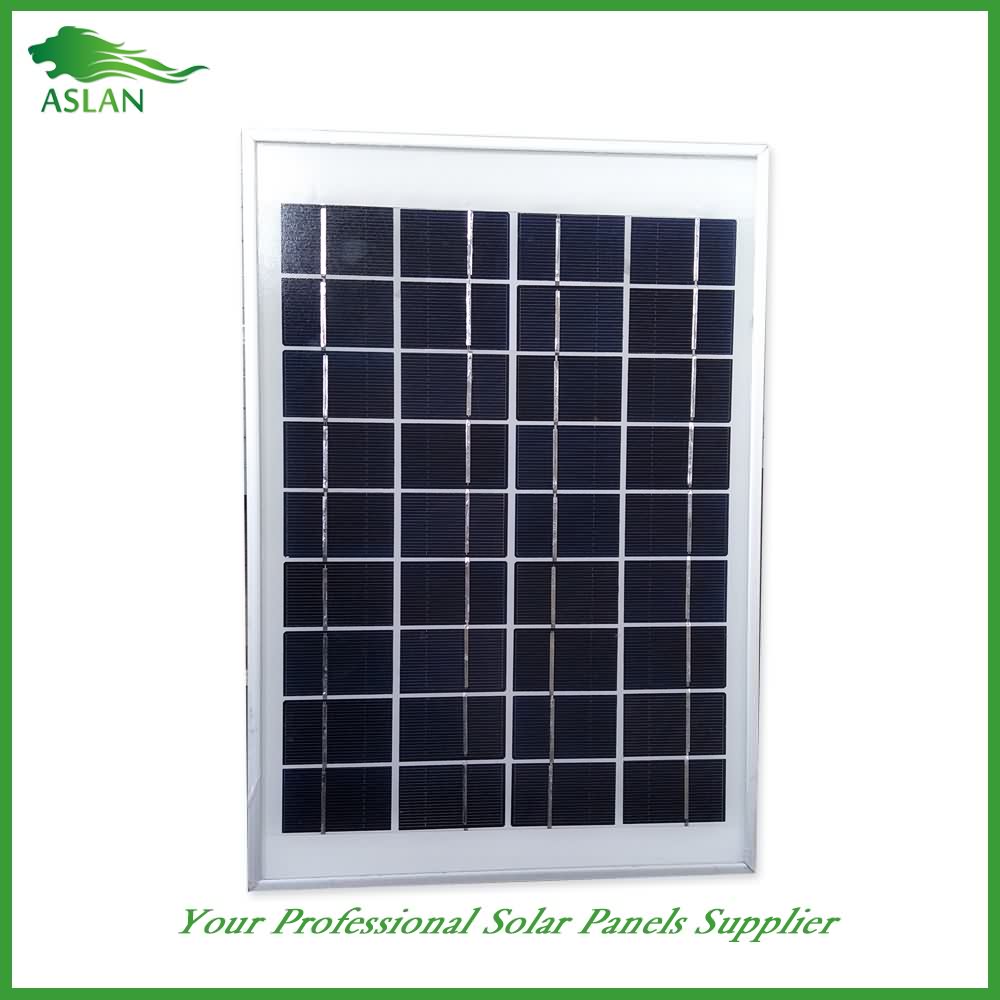20 Years Factory Poly-crystalline Solar Panel 3W Wholesale to Guinea
Short Description:
In order to best meet client's needs, all of our operations are strictly performed in line with our motto " High Quality, Competitive Price, Fast Service " for 20 Years Factory Poly-crystalline Solar Panel 3W Wholesale to Guinea, We stick to providing integration solutions for customers and hope to build long-term, stable, sincere and mutual beneficial relationships with customers. We sincerely look forward to your visit.
Poly-crystalline Solar Panel 3W
Technical parameter
Maximum Power(W) 3W
Optimum Power Voltage(Vmp) 9V
Optimum Operating Current(Imp) 0.34A
Open Circuit Voltage(Voc) 10.8V
Short Circuit Current(Isc) 0.37A
Mechanical Characteristics
Cell Type Polycrystalline
No of Cell 18 (2x9pcs)
Dimensions 145x245x18mm
Weight 0.52KGS
Front Glass 3.2mm,High Transmission, Low Iron,Tempered Glass
Temperature and Coefficients
Operating Temperature(°C): -40°C ~ + 85°C
Maximum System Voltage: 600V(UL)/1000V(IEC) DC
Maximum Rated Current Series: 10A
Temperature Coefficients of Pmax: -0.435%
Temperature Coefficients of Voc: -0.35%
Temperature Coefficients of Isc: 0.043%
Nominal Operationg Cell Temperature (NOCT): 47+/-2°C
Materials of solar panel
1).Solar Cell——Polycrystalline solar cell 156*156mm
2).Front Glass——-3.2mm, high transmission, low iron, tempered glass
3).EVA——-excellent anti-aging EVA
4).TPT——-TPT hot seal made of flame resistance
5).Frame——anodized aluminum profile
6).Junction Box——-IP65 rated, high quality, with diode protection
Superiority: high quality anodized aluminum frame, high efficiency long life, easy installation, strong wind resistance, strong hail resistance.
Features
1. High cell efficiency with quality silicon materials for long term output stability
2. Strictly quality control ensure the stability and reliability, totally 23 QC procedures
3. High transmittance low iron tempered glass with enhanced stiffness and impact resistance
4. Both Poly-crystalline and Mono-crystalline
5. Excellent performance in harsh weather
6. Outstanding electrical performance under high temperature and low irradiance
Quality assurance testing
Thermal cycling test
Thermal shock test
Thermal/Freezing and high humidity cycling test
Electrical isolation test
Hail impact test
Mechanical, wind and twist loading test
Salt mist test
Light and water-exposure test
Moist carbon dioxide/sulphur dioxide
QUEENSLAND SOLAR INDUSTRY MAY NOT COPE WITH DEMAND
Energex and Ergon have been flooded with over 100,000 applications to connect to the electricity grid after the Queensland Government shortened the eligibility for fixed-rate tariffs for solar panels, resulting in fears that some elements of the solar industry may either collapse or not cope with the demand.
Solar industry expert Scott Andrews from Green Initiatives has grave concerns that it may become a repeat of last year where several solar businesses collapsed leaving consumers being left out of pocket.
“Over 200,000 Queensland households installed solar systems over the past four years and now we have half that number of households expecting to be installed in a quarter of the time,” said Mr Andrews.
“There simply isn’t enough quality stock of solar panels in Australia to deal with that level of demand, and many solar companies chose to conduct cheap pricing tactics to sign people up with potentially no hope of servicing those agreements.”
The Queensland Government set a cut off date for registrations to be eligible for a feed-in tariff of .44c per kilowatt hour, after which the feed-in tariff dropped down to .08c per kilowatt hour.
The rush to register and capitalise on the ability to earn money from solar panels created a significant volume of what had previously been thoroughly checked but now ‘rubber-stamped’ approvals by both Energex and Ergon.
The industry may also not have the capacity to install all these systems by the one-year deadline due to a variety of factors including weather, availability of stock in Australia and most importantly, the availability of skilled labour to do solar installations.
Also, due to the high volumes of applications that were rubber-stamped in such a short period, the risk of overloading the grid in any one area is high and potential reviews may see some miss out.
“Solar consumers need to know that there is going to be a bottle neck and they need to question their current solar supplier and change suppliers if necessary,” said Mr Andrews.
“Their application for the higher tariff certainly does not lock them in to any one solar company and does allow them to change, contrary to misleading information out there.”
“Solar customers need to do their homework and ensure that they have chosen a reputable company, that will be around for warranty and service after the solar ‘gold rush’ has passed.”
“Our buyer beware message has been prompted by a genuine concern for consumers and a disappointment that some elements of the industry bring trustworthy solar businesses into disrepute.”
“Many people don’t trust solar companies, and sometimes we feel like we have a worse reputation than a snake-oil salesman, when in fact what we do is highly technical and saves people money.”
Consumers are being urged to question their solar suppliers and actively protect themselves.
Demostração do painel solar
